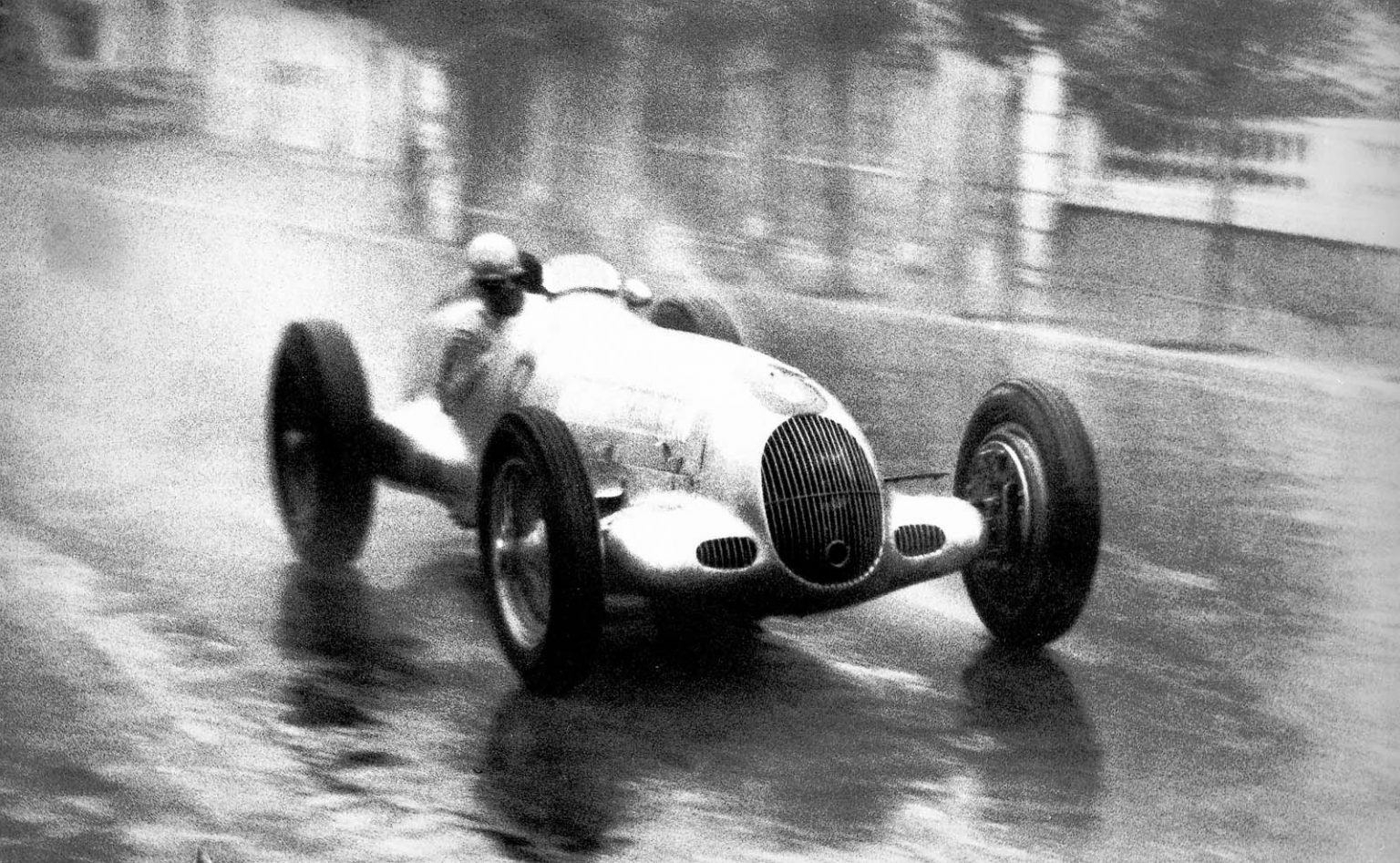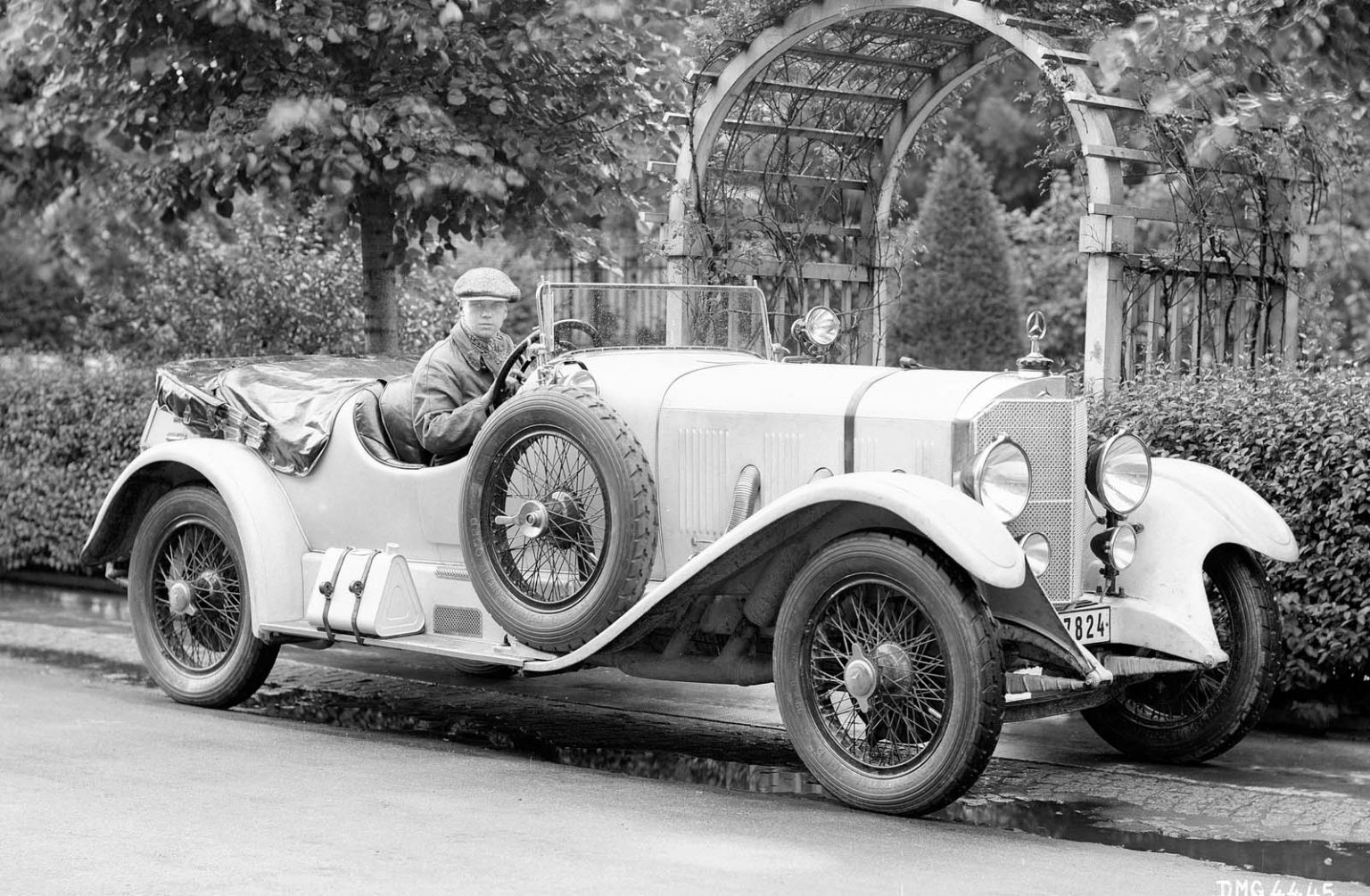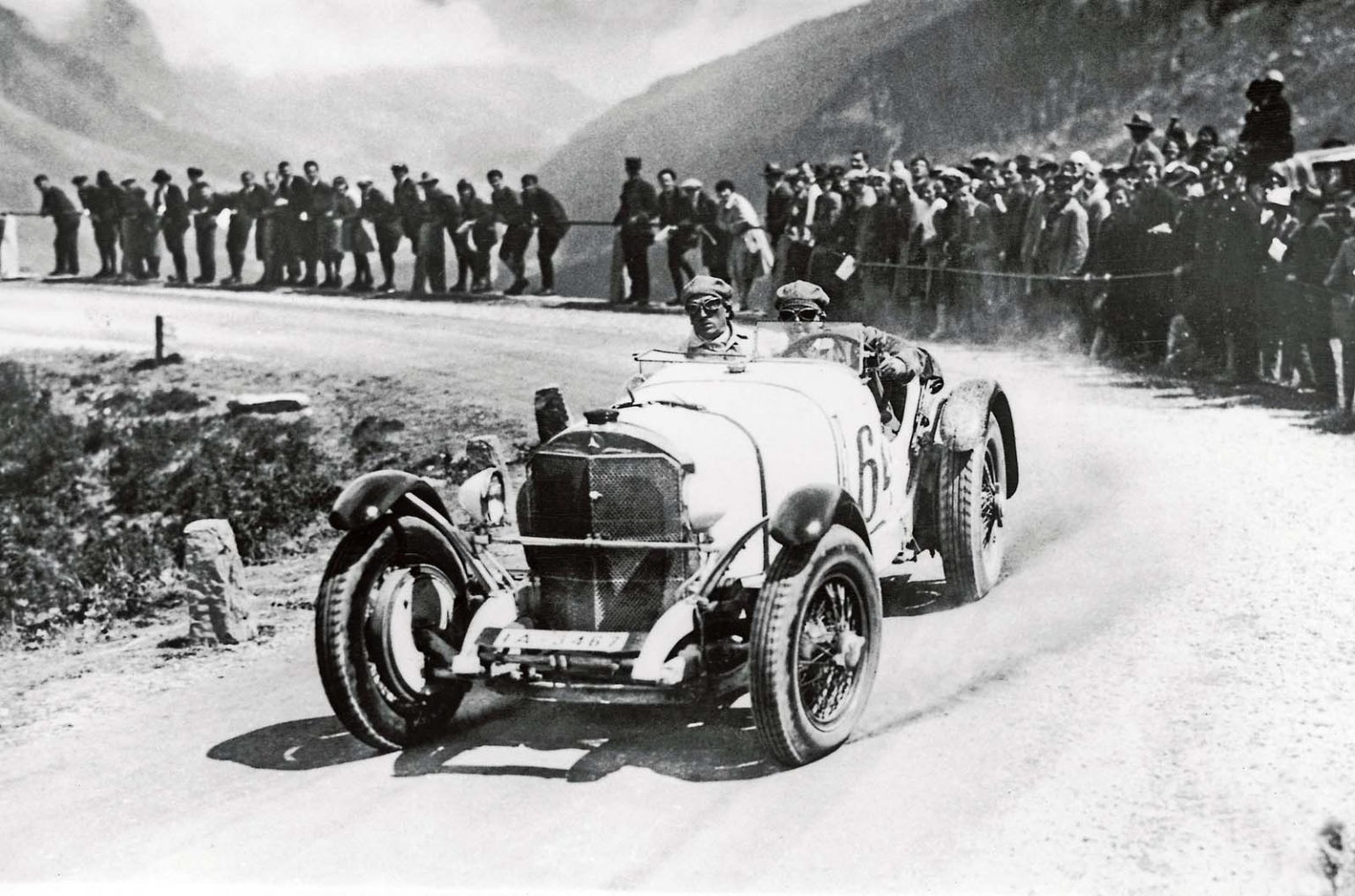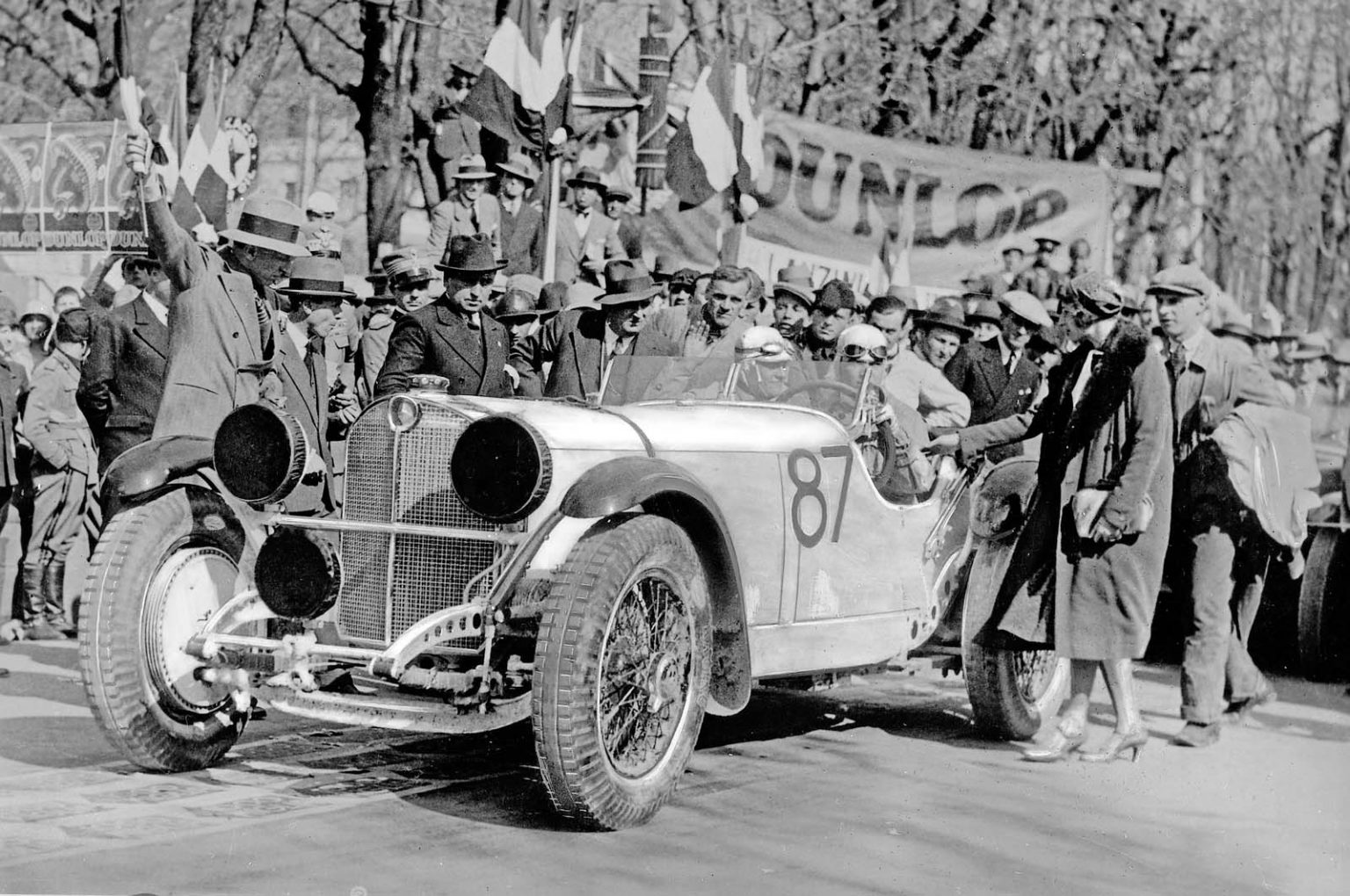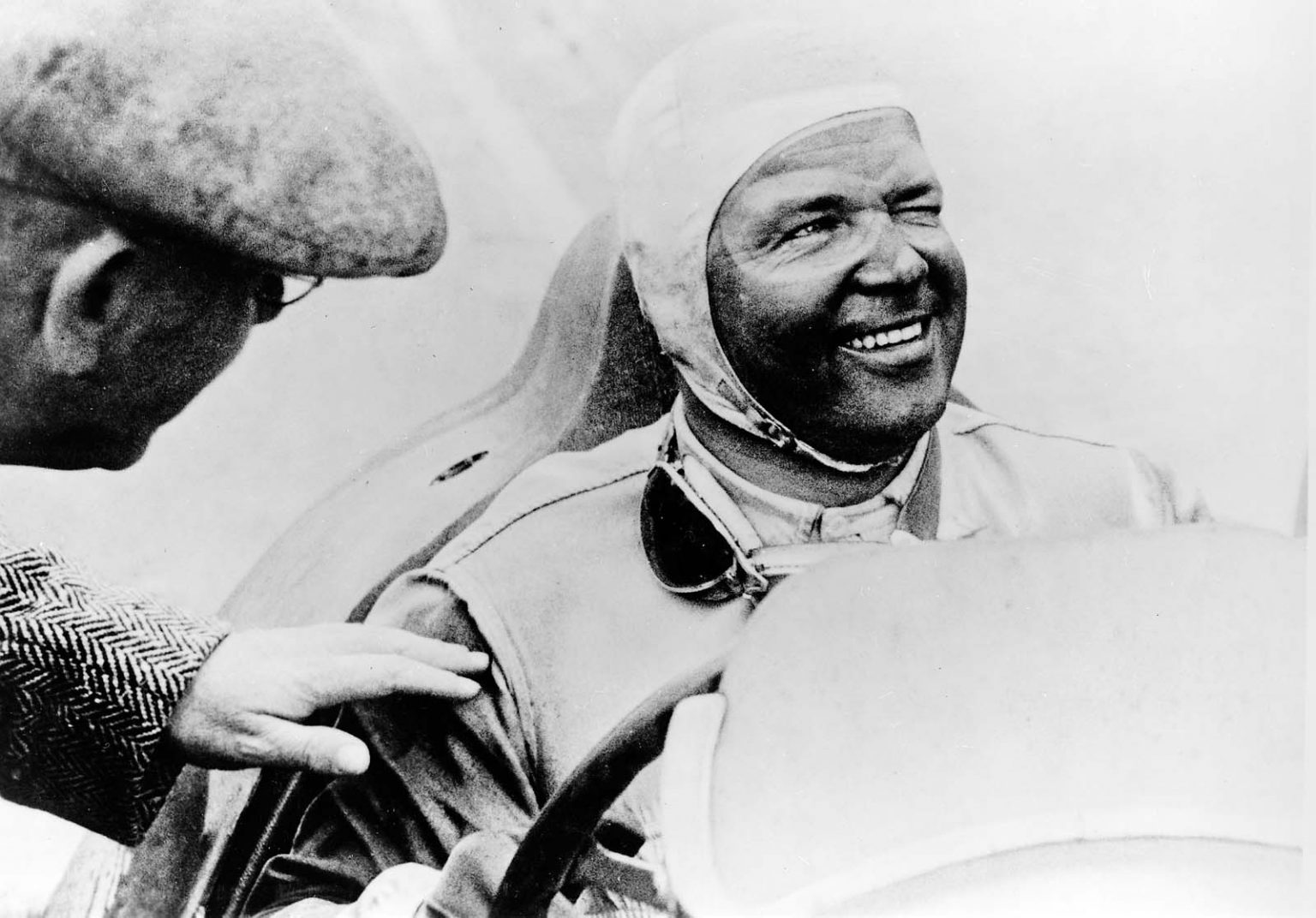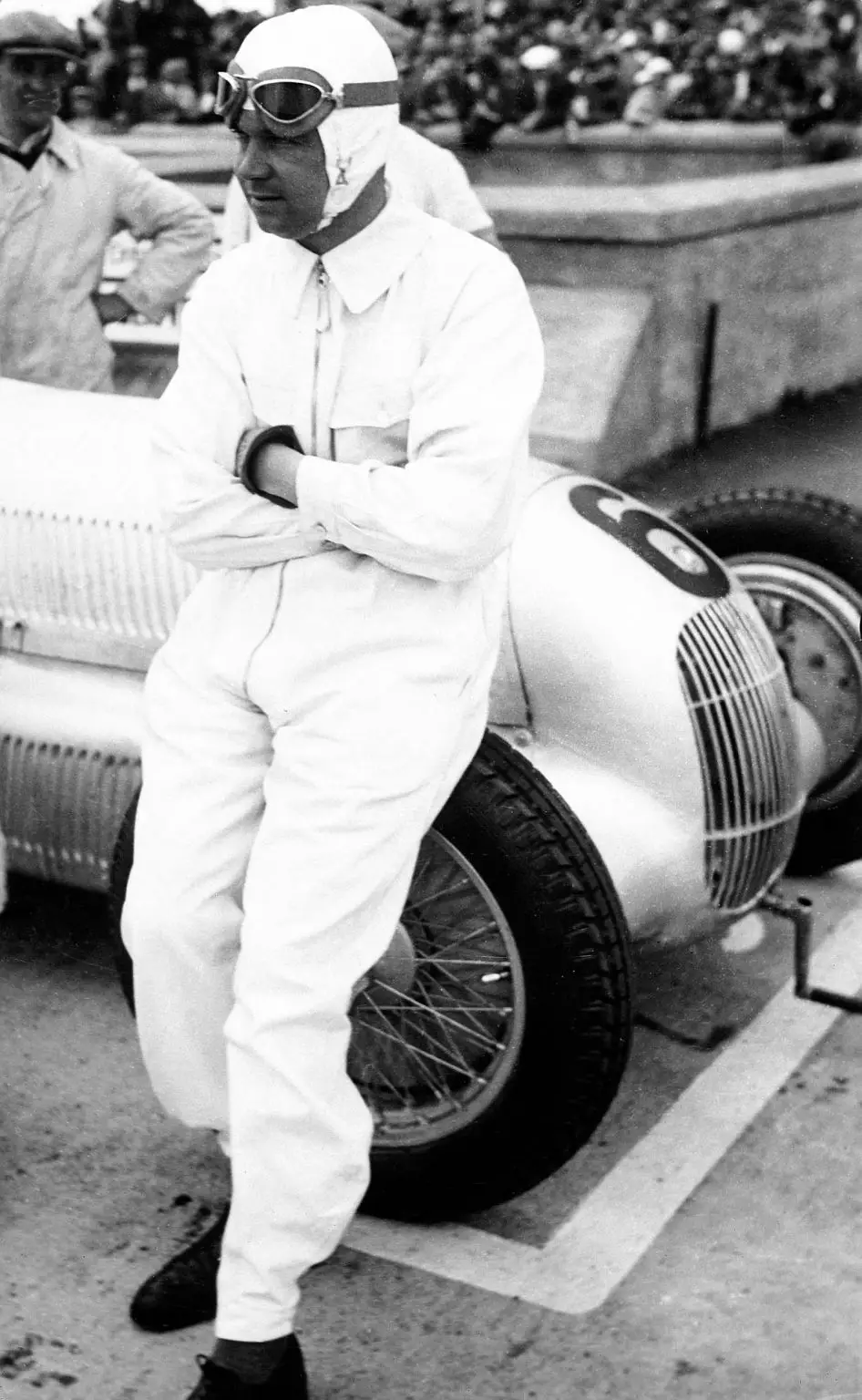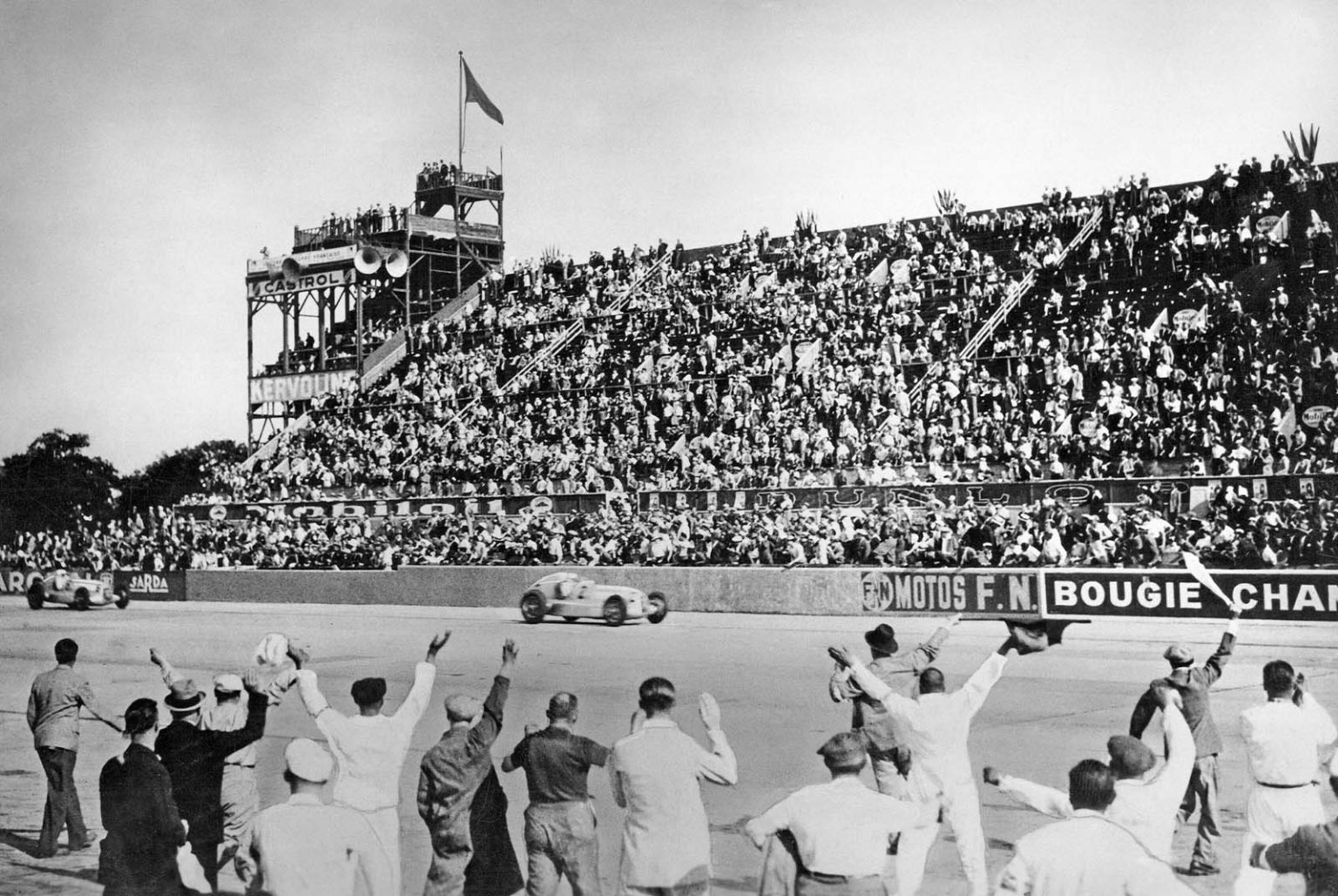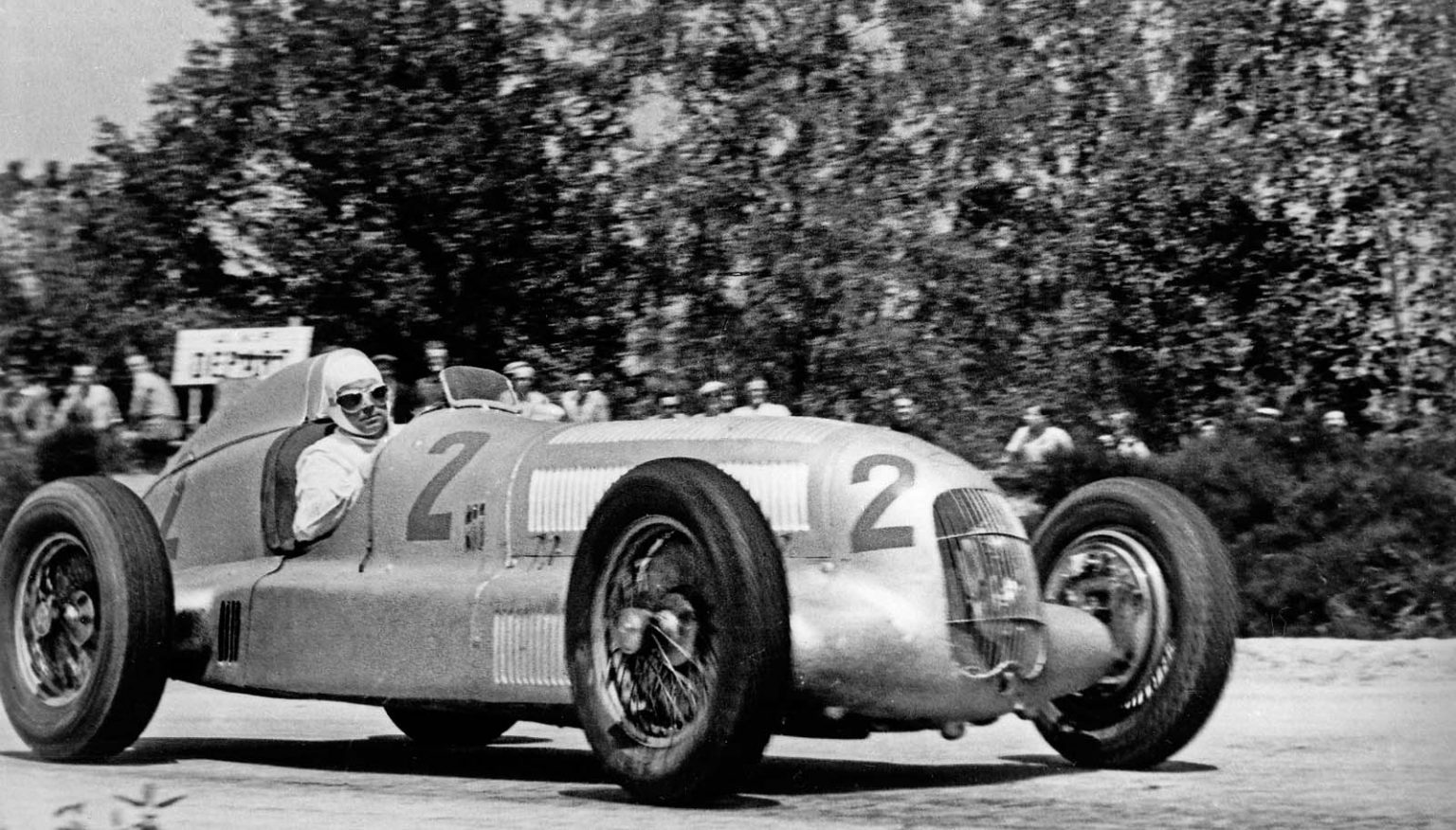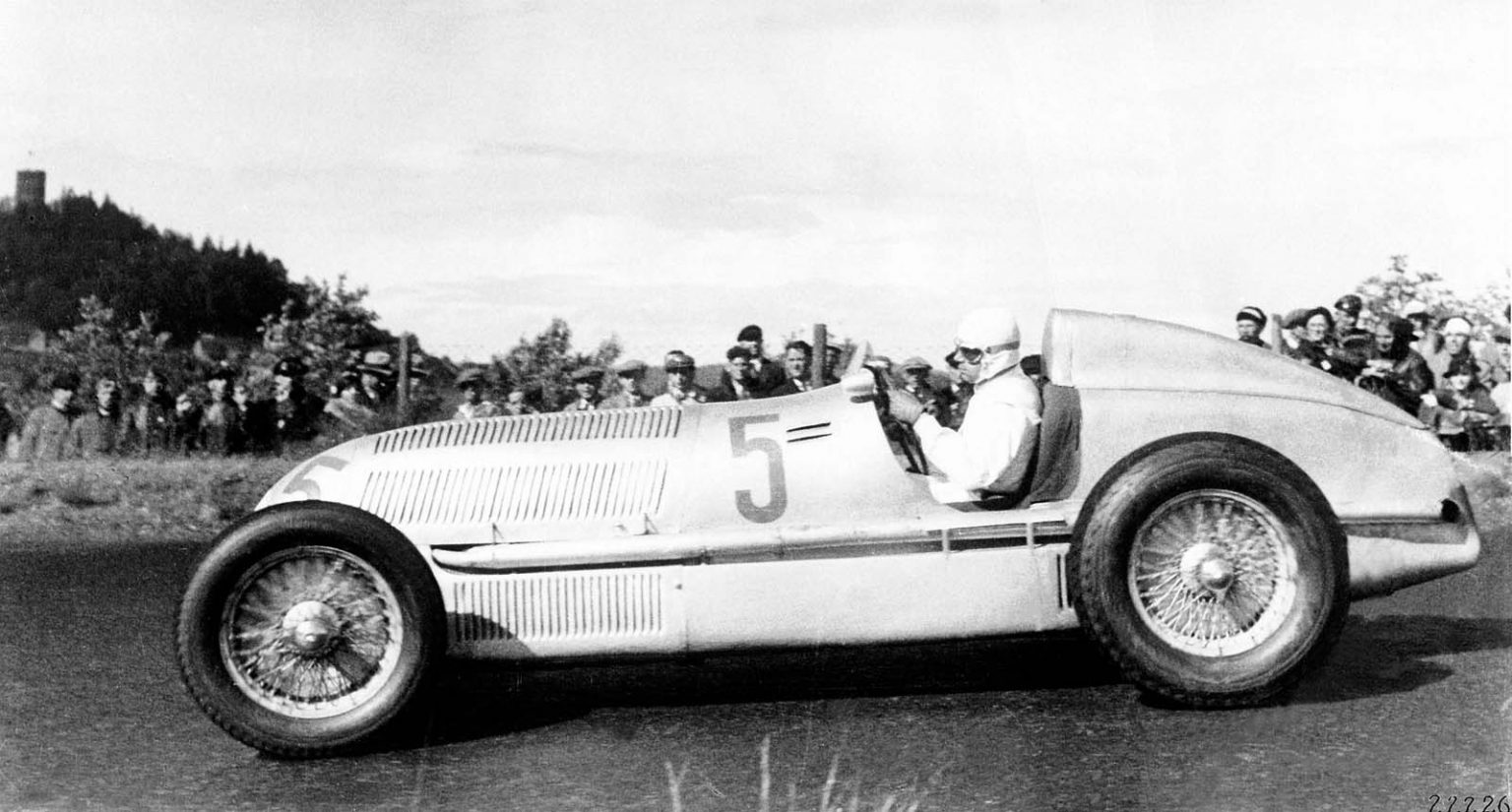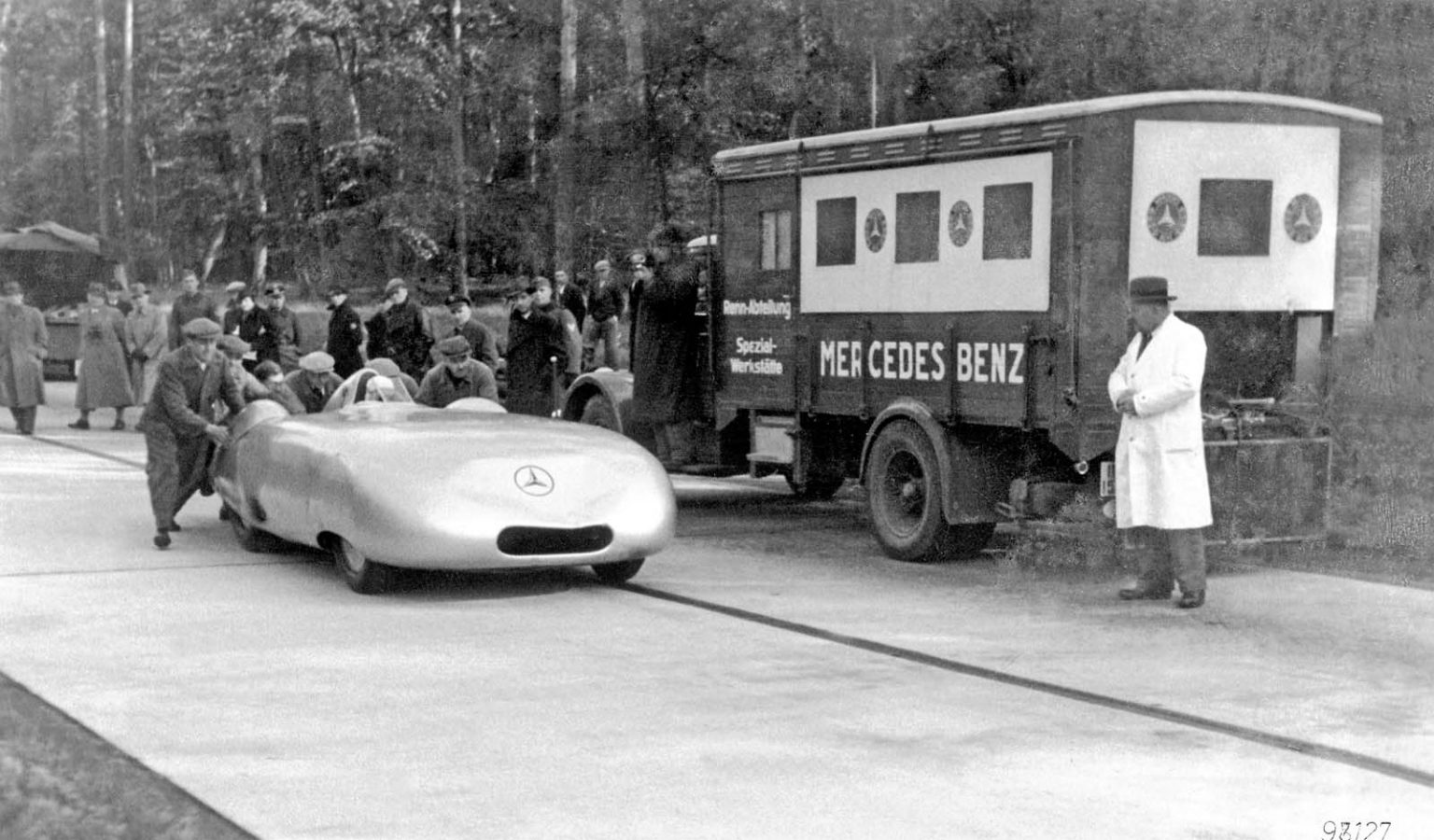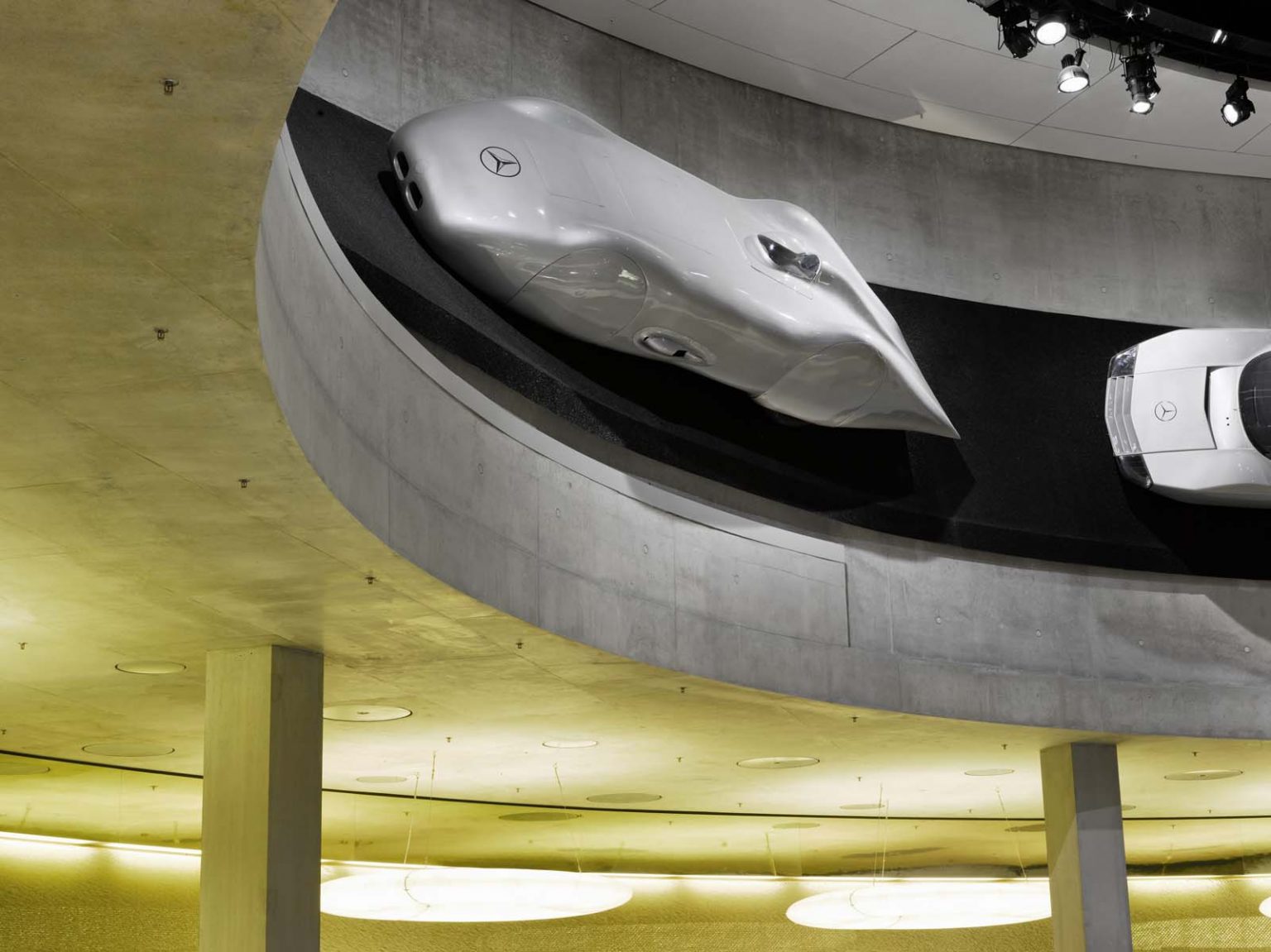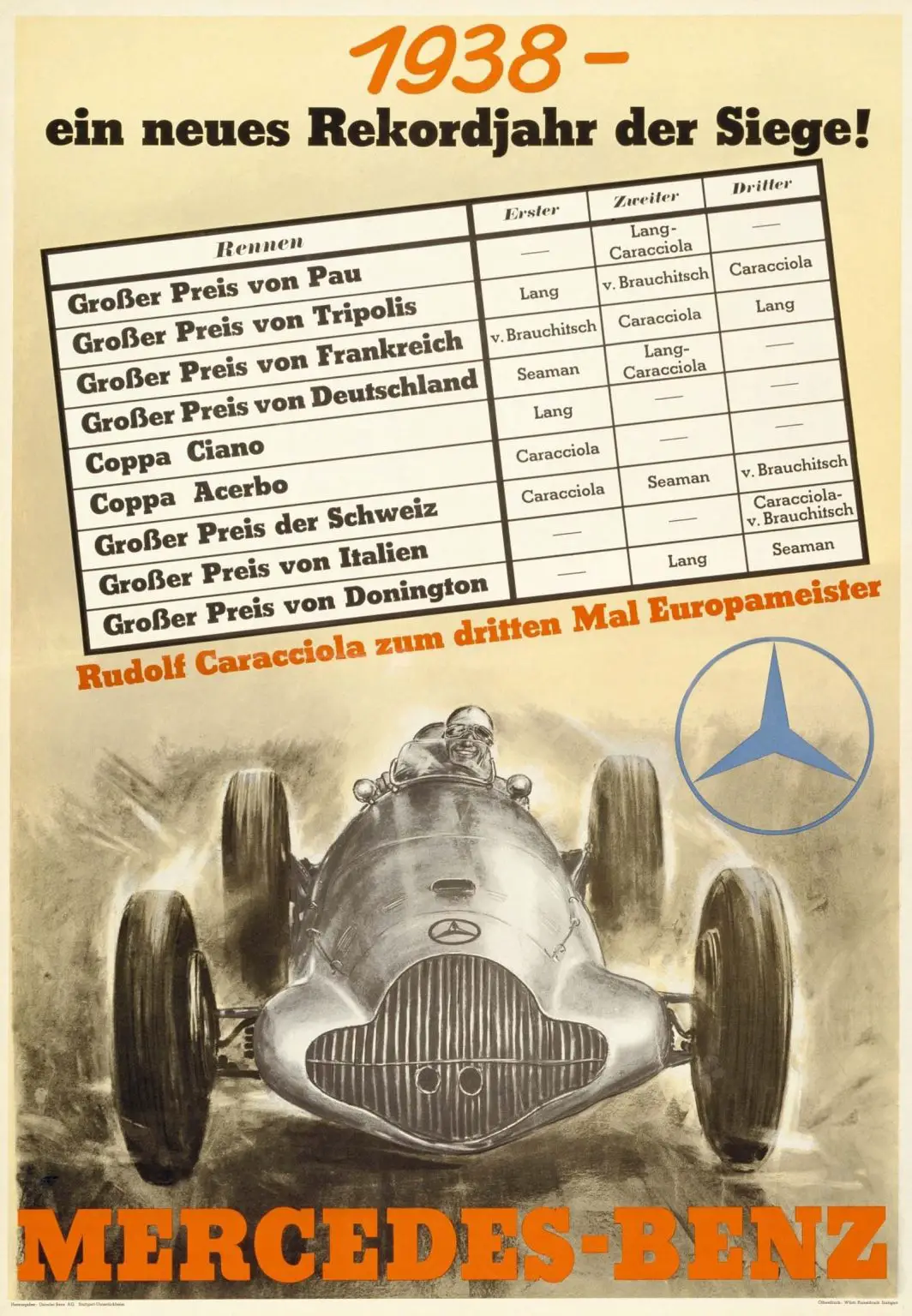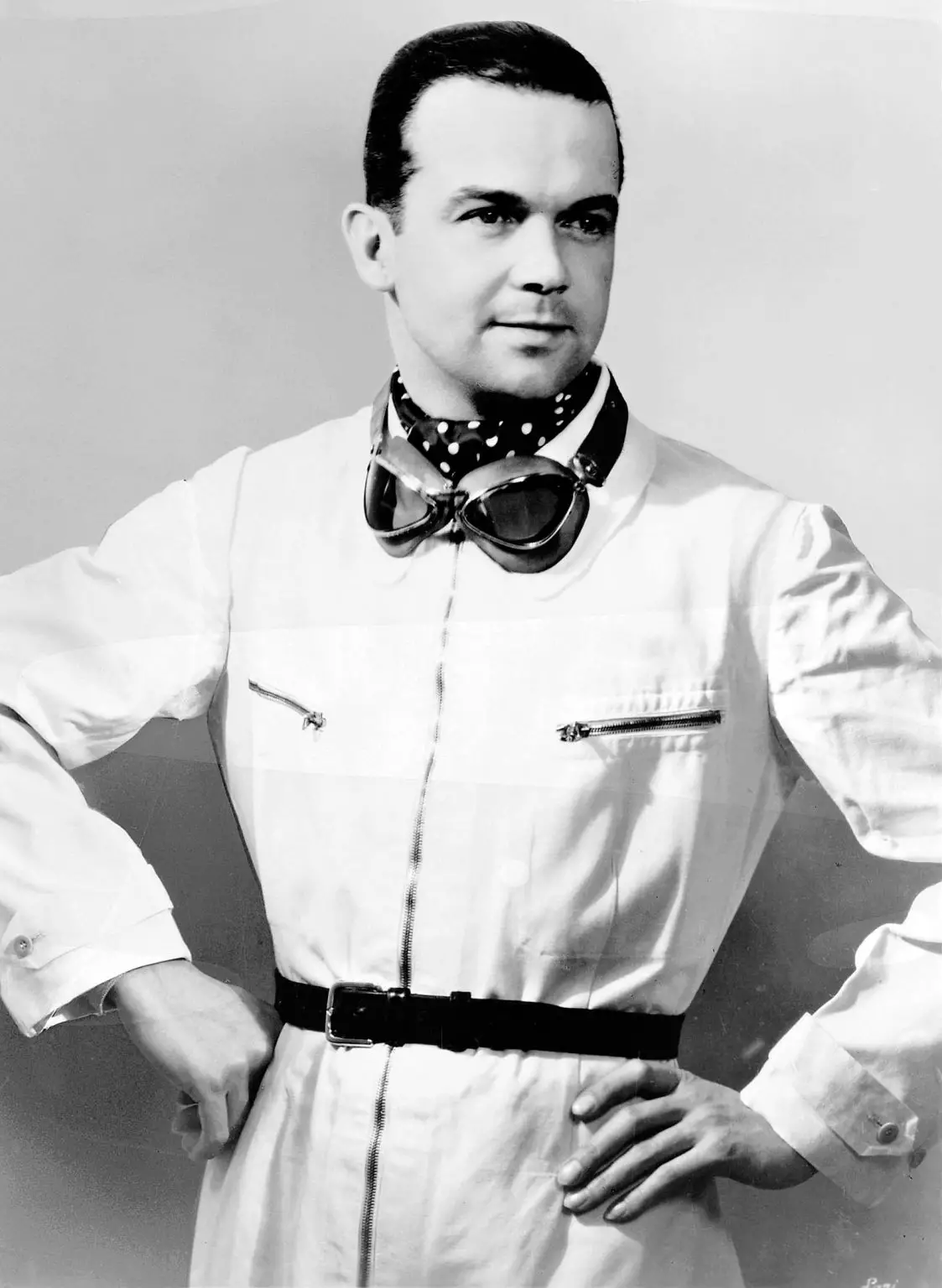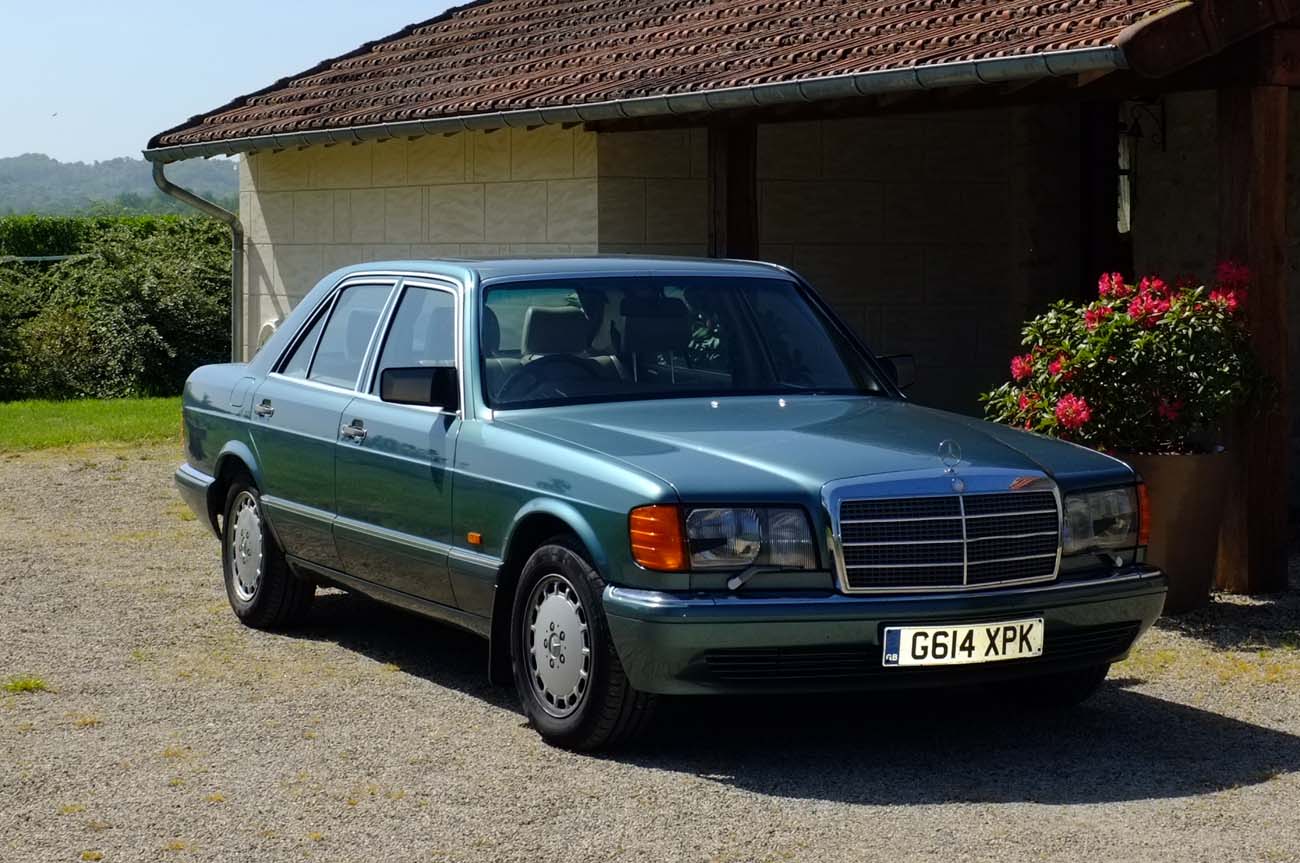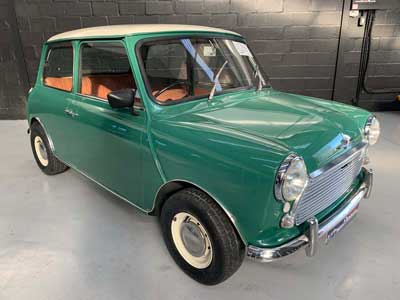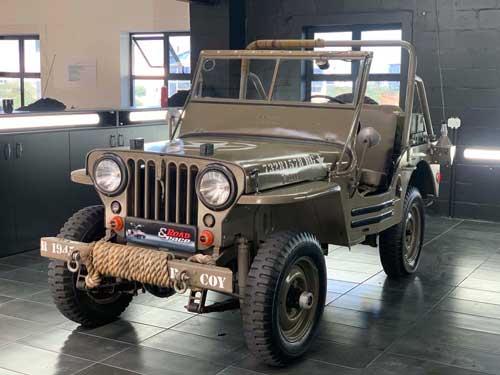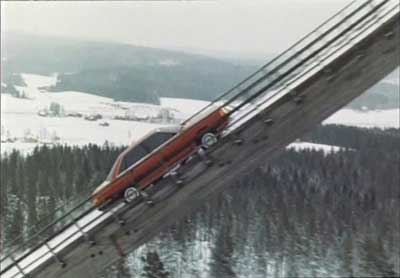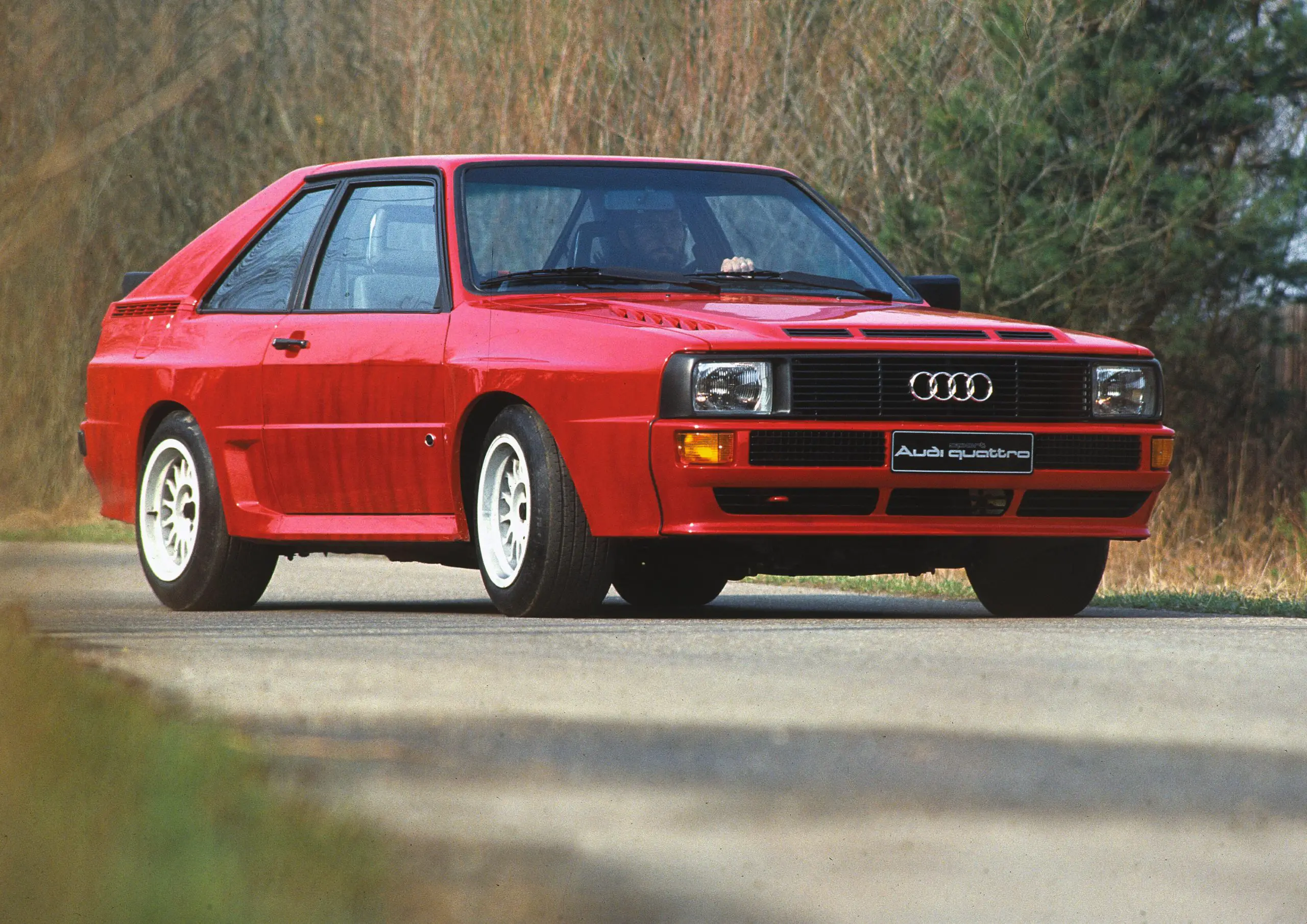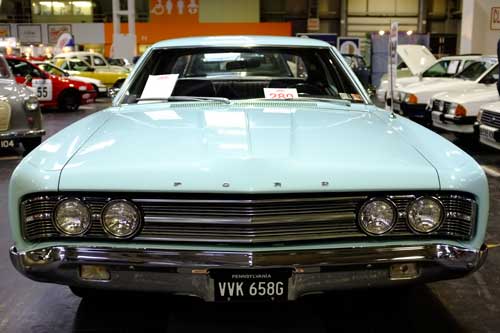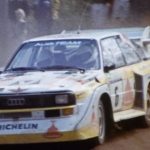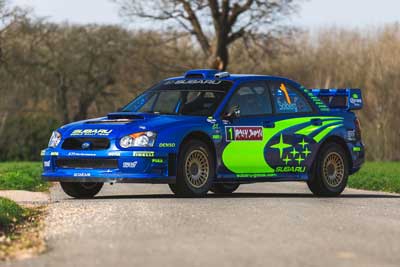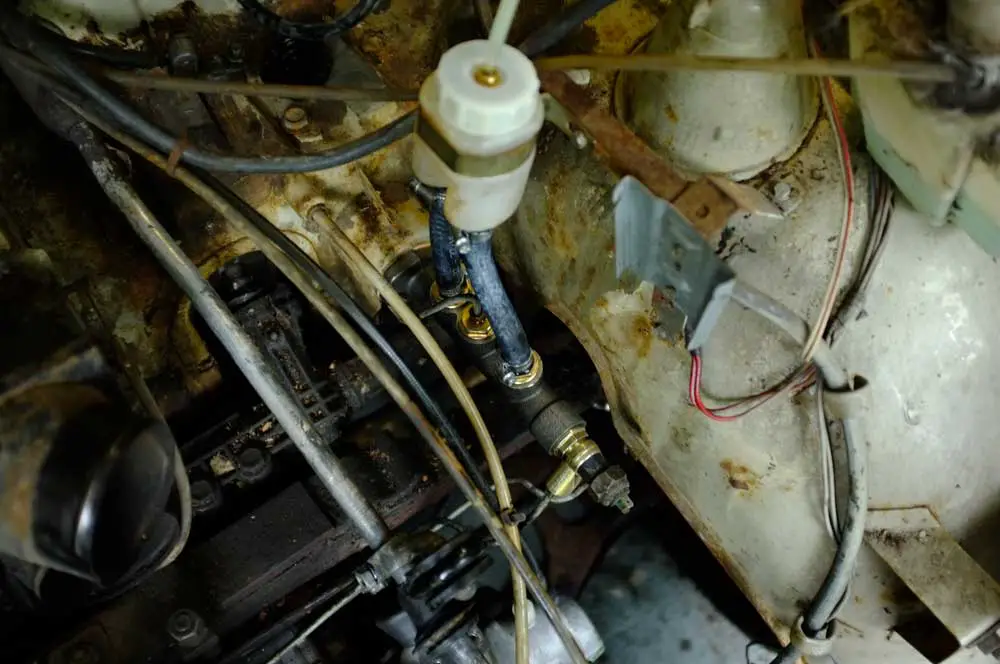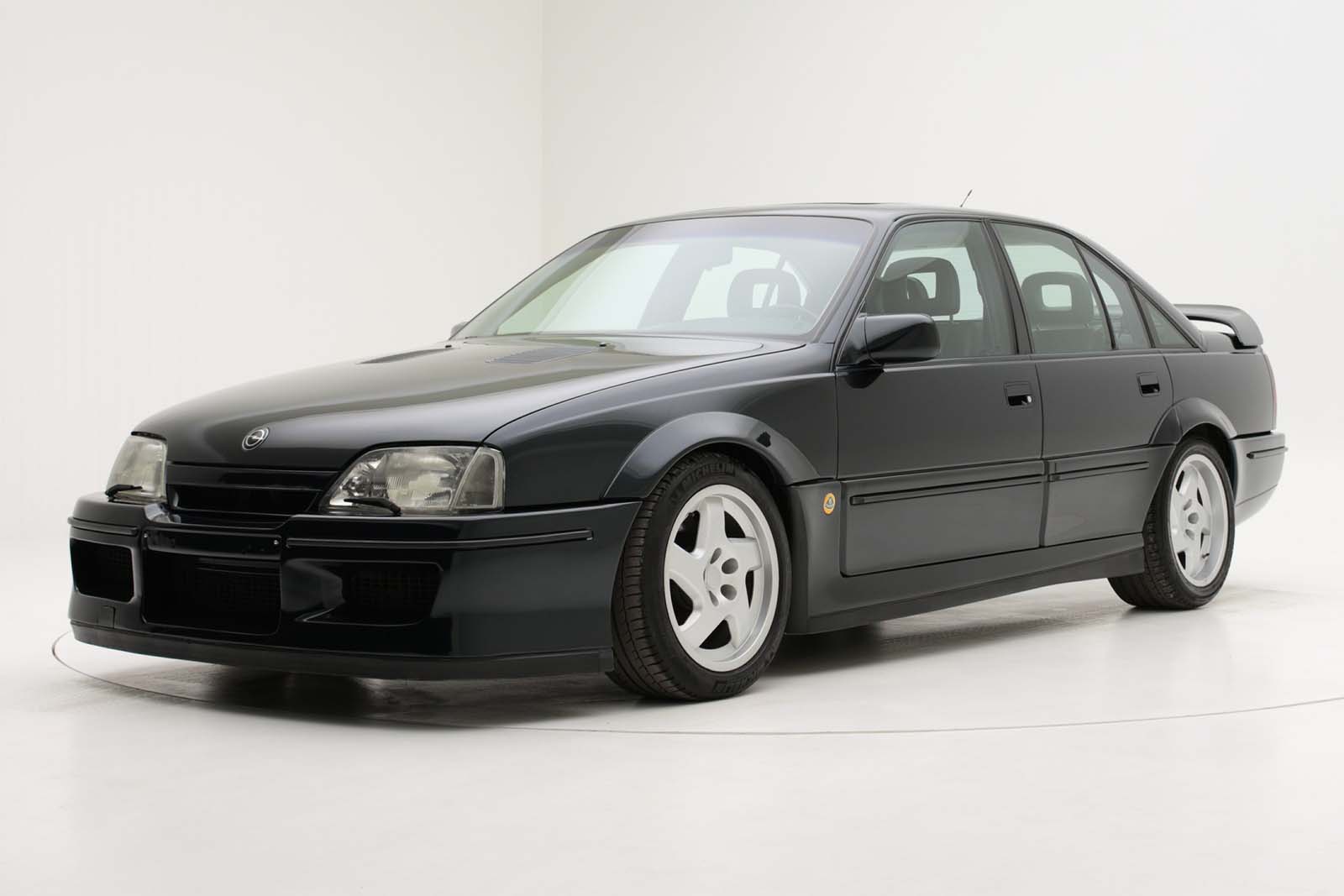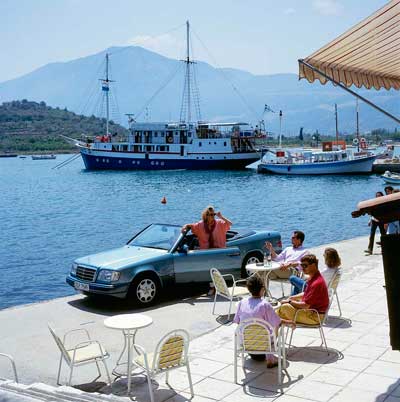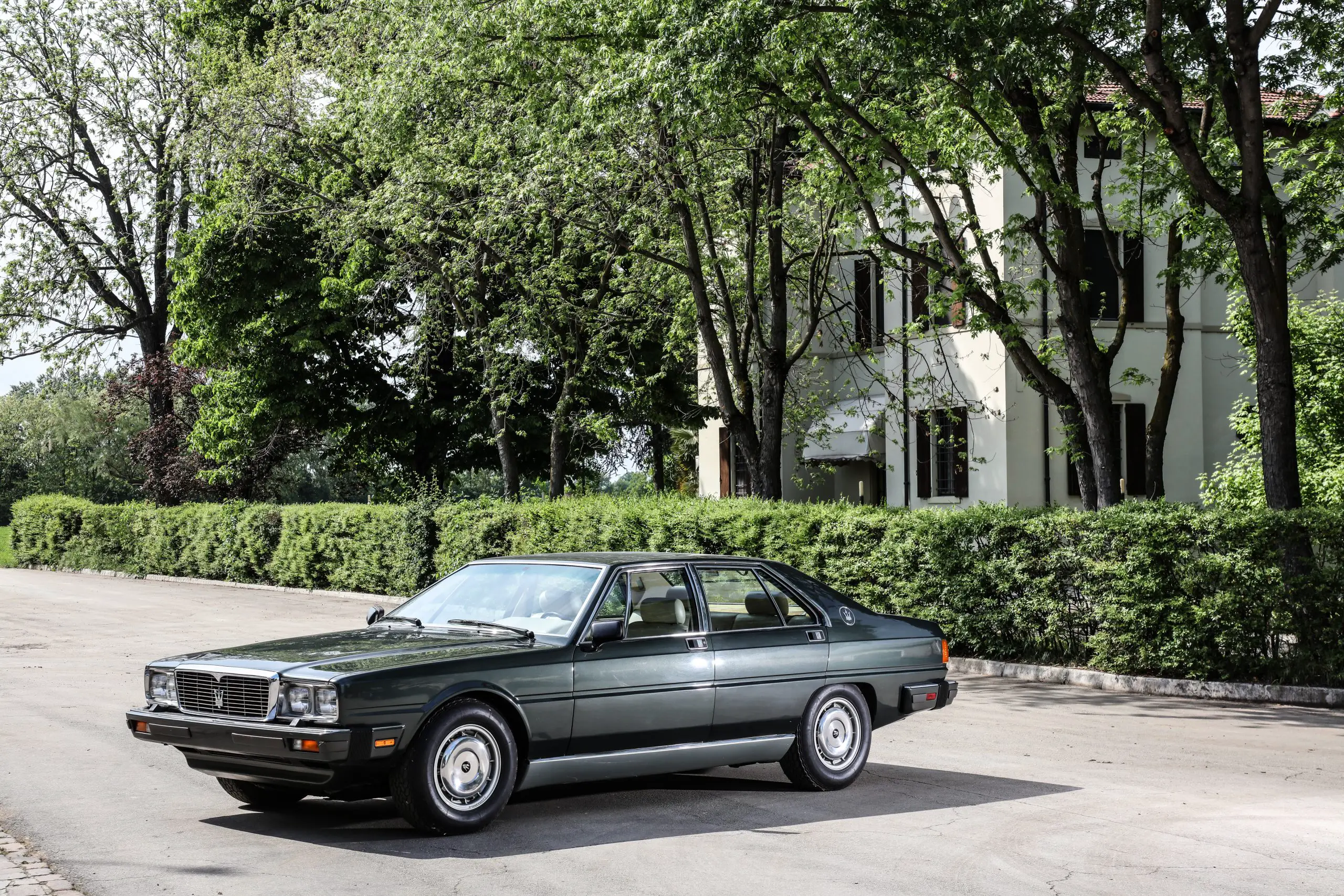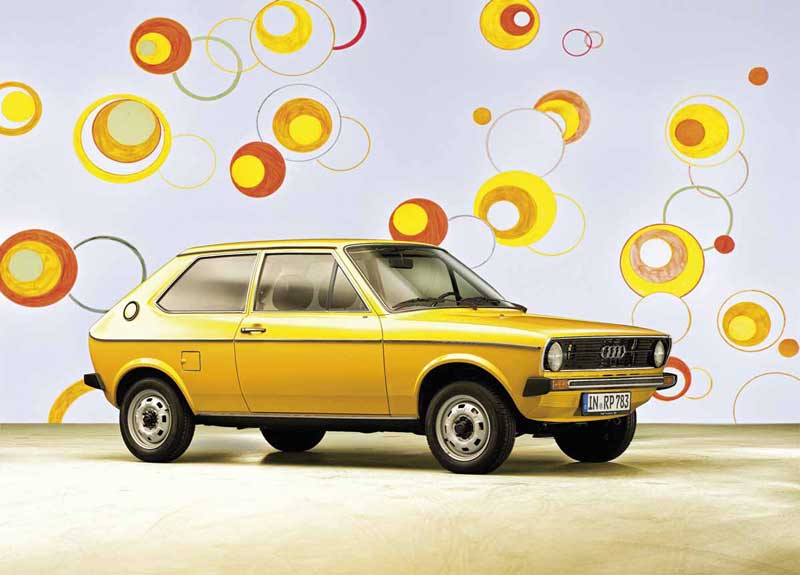
Rudolf Caracciola The Legendary Mercedes Silver Arrow Racing Driver Was Born 120 Years Ago
Rudolf Caracciola, the legendary Mercedes Silver Arrow driver was born 120 years ago. Not only was he a three-time Grand Prix winner, he was also three times European hill climb champion at the wheel of a Mercedes in the 1930s.
Caracciola was the most well-known of the Silver Arrows drivers and quite the star. Three European Grand Prix championships in 1935, 1937 and 1938. The championship is comparable to that of Formula 1 established some years later in 1950.
Born on the 30 January 1901 in the German town of Remagen, Caracciola became the first non-Italian to win the Mille Miglia, of course driving for Mercedes-Benz with their SSKL.
Rudolf secured a lot of success over his time as a racing driver, but it wasn’t as long a life as it could be. He died tragically in September 1959 in Kassel, Germany, aged 58.
His biography entitled “Meine Welt” (“My World”), was published in 1958. He is quoted in it as saying: “I believe that any human being can achieve what they want to achieve. I had wanted to become a racing driver ever since I was fourteen.”
Back in those days a racing driver was not just a specialist in one discipline, they had to be master of many. These days a Grand Prix driver would stick to the one formula. A star driver back then would compete in Formula 1, Formula 2 and Formula 3 as well as Touring Cars, hill climbs and rallies. This was common right up to the 1970s.
Caracciola’s career spanned many decades and he demonstrated a vast array of skill with many different disciplines. Back in the 1920s he caught the attention of Daimler-Benz AG and was signed up as a works driver. This meant that he was provided with vehicles from the famous S series. In 1929 he won the International Tourist Trophy on the Isle of Man, a distance of some 660 kilometres driving the Mercedes- Benz Type SS.
In hill climb races he drove the Mercedes-Benz SSK and SSKL to European Championship victory in 1930 and 1931. In 1932 he repeated the same championship win but with an Alfa Romeo 2.6 litre Monoposto.
In 1926 the newly established Daimler-Benz AG provided Caracciola with a 2 litre 8-cylinder Mercedes racing car. This one featuring a compressor, or supercharger, for the first time. The race at the Berlin Avus track on the 11 July saw Caracciola start with a field of 38 competitors and watched by a crowd of 230,000 spectators.
During the race it started to rain hard. Caracciola overtook all of his competitors and gained the reputation of being the “master of rain”. This race marked his breakthrough to become one of the world’s greatest drivers.
Caracciola And The Mercedes-Benz Silver Arrows
In 1934 the very first Silver Arrow racing car was designated as the Mercedes-Benz W 25. Designed for the 750 kilogram formula it initially had a power output of 354 hp. This was subsequently increased to 494 hp. Top speeds back in those days were around 300 km/h and could nearly match the straight-line pace of the newest 2020 Mercedes-AMG F1 W11 EQ Performance. The W 25 was synonymous with high tech.
Something not so high tech was the lack of any safety equipment. Seatbelts were not used or helmets and this was considered completely normal until the 1950s. Also, the cars would develop high steering and braking forces that the drivers had to overcome. And there was absolutely no way to communicate anything back to the pits.
The first season with the W 25 was successful with two victories at “Grandes Épreuves”, amongst others. 1935 was Rudolf Caracciola’s year and the evolution of the Mercedes W 25 Silver Arrow enabled him to claim his first European Grand Prix title. In 1937 the new Mercedes W 125 was introduced and Caracciola dominated the season again.
1938 saw another new car deigned to meet the new formula rules. The W 154 and Caracciola won the European championship, his third time.
Reflecting on the past, team colleague Manfred von Brauchitsch said about the champion’s driving style: “Rudolf is probably the greatest of all time because he managed to drive as if on railway tracks. He was a fully-fledged, down-to-earth driver who was as cold as ice and clever.”
The global economic crisis of the 1930s saw many manufacturers withdraw from motorsport. Because of this Rudolf Caracciola and his friend Louis Chiron established the private Scuderia CC racing team in 1933 so they could continue to race. Whilst training for the Monaco Grand Prix Caracciola lost control of his Alfa Romeo and crashed sideways into some steps. His hip was shattered, and he spent many months in hospital. His right leg was now some 5 cm shorter than his left.
From this point forward Caracciola suffered constant physical pain. Alfred Neubauer, Mercedes-Benz race director for many years, said years later: “It’s what makes Caracciola valiant and gives him an air of being more than human, considering he claimed his greatest victories between 1934 and 1939 with such a physical disability.”
Caracciola Post Accident Race Success
In 1939 Caracciola was paired with a teammate who seemed to have equal driving abilities. Former mechanic Hermann Lang was very fast and Caracciola felt he was also prioritised with technology and tactics. He wrote to the board of management to address these concerns and asked to be provided with “the same weapons” as Lang. He never went through with his threat of retirement and on the 23 July 1939, just ahead of the outbreak of the Second World War, he returned to victory. Caracciola won the German Grand Prix for the sixth time.
He was successful in many different Mercedes-Benz and Alfa Romeo Grand Prix cars over the years with many victories. But he also claimed a speed record. On 28 January 1938, Caracciola’s record breaking Mercedes-Benz was clocked at 432.69 km/h while racing along the flying kilometre section of the Frankfurt–Heidelberg motorway.
It took another 79 years to break this record and, on the 4 November 2017, a Koenigsegg Agera RS claimed the new absolute speed record set on public roads. This was done in Nevada, USA.
The length of time this record stood made the achievement all the more impressive. Ok, it was a heavily streamlined Grand Prix car, but with the technology available at the time it was an incredible achievement.
Rudolph Caracciola - Personal Life
In 1926 whilst his career was still unfolding, Caracciola married his friend Charlotte from Berlin who he referred to as Charly. In his biography he wrote: “The life I shared with Charly […] was subject to the harsh conditions of my profession. She helped me train, she checked my times and my competitors’ times and guaranteed necessary relaxation periods after those tough months during the racing season.”
During the winter of 1933/34 he convinced her to come on a skiing trip. As a passionate Skier Charly was happy to go, but sadly never returned. An avalanche claimed her life and Caracciola, who was already shy and quiet, withdrew into his shell.
Louis Chiron and his partner Alice Hoffmann-Trobeck took the time to look after him. Caracciola and Chiron’s wife Alice discovered their affection for each other and married on the 19 June 1937. This independent woman later said she felt at ease with Rudi and had never done with the charming Monegasque Chiron.
Rudolf Caracciola spent the majority of the war at his villa in Lugano-Ruvigliana overlooking Lake Lugano. Mercedes-Benz were not able to comply with his racing contract, but he was given a salary by way of a revocable allowance which totalled what former directors received. With little to do he would work in the garden and spend time cycling. But his leg injury prevented him from doing any hiking.
Caracciola didn’t return to Mercedes-Benz until 1952. He was a part of bringing the Monte Carlo Rally team title to Stuttgart with a Type 220, W 187, Saloon. And at the beginning of 1952 he finished fourth with Paul Kurrle in the new 300 SL, W 194 racing car.
His last race was on the 18 May 1952, some 30 years after his first. He lined up on the grid of the Swiss Grand Prix in Bern. On the thirteenth lap of the Bremgarten circuit the left rear wheel of his 300 SL locked up and he lost control and hit a tree head on. He suffered major injuries to his left leg which then left him with a fractured kneecap and several more months in hospital. Then 51 it was clear that Caracciola would never race again.
Even after the end of his racing career, Caracciola remained closely affiliated to Mercedes-Benz. He attended many events as a respected brand ambassador.
But, in September 1959 he was admitted to hospital where he was diagnosed with advanced liver disease. Caracciola spent a few days in a coma and died on the 28th.
Race director Alfred Neubauer said about him: “He merged an extraordinary level of reliability, concentration, physical endurance and intelligence. […] I would say Fangio is the only one in the ‘absolute world class’ category together with Caracciola. […] Caracciola’s numerous victories at Grand Prix races, endurance races, hill-climbing sprints and records make him the undisputed champion”.
On 14 July 1969, some ten years after her husband, Alice Caracciola wrote the following to a long-standing pen friend: “Rudi will remain unforgotten for a long time – a silver lining in racing drivers’ skies.”

The Audi 50 At 50, Germany’s First Small Car
The Audi 50 that was the basis for the VW Polo is now 50. The small car was developed ahead of the oil crisis of
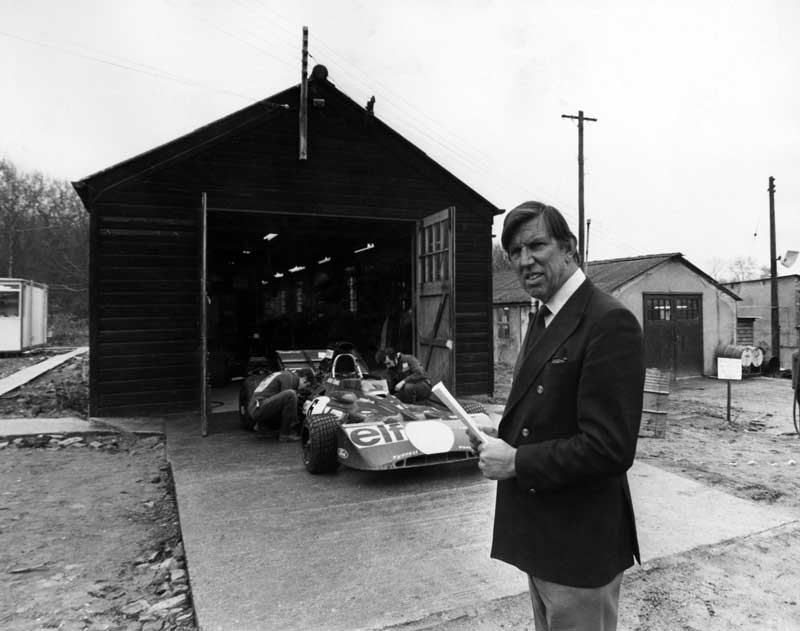
The Best Things Happen In An English Shed, Especially The Tyrrell Shed At Goodwood
The Tyrrell Shed once home of the World Championship winning Tyrrell Formula 1 team has been relocated to Goodwood and is set to open for
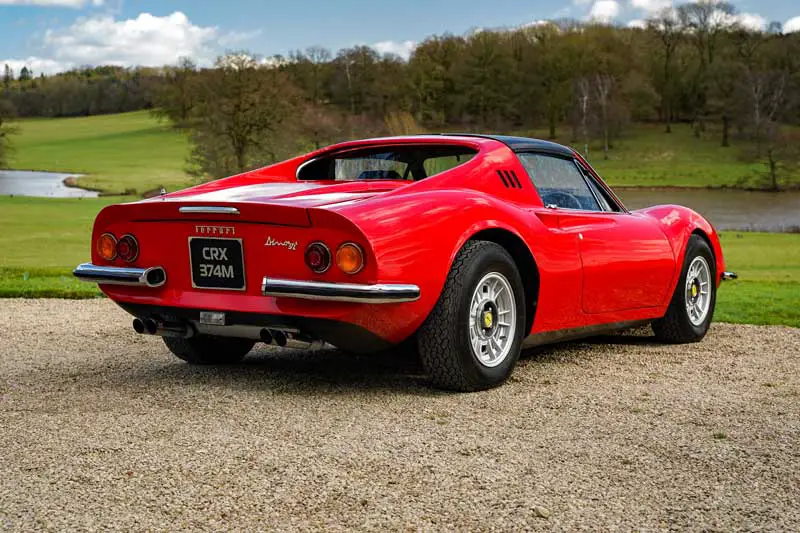
A 1973 Ferrari 246 Dino From The Manager Of Rock Legends Led Zeppelin Sold At Auction
Something of a piece of rock and roll history went for sale with the auction of Led Zeppelin manager Peter Grant’s old Ferrari 246 Dino
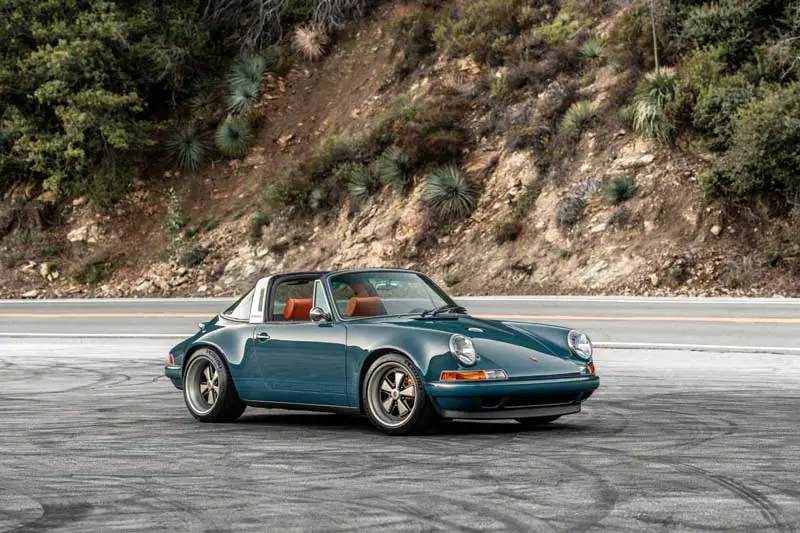
California Based Singer Has Completed Its 300th Restoration, The Sotto
Restomodders Singer have produced their 300th 911 already and it’s another964 based conversion called the Sotto. It’s almost hard to believe it was a964, though
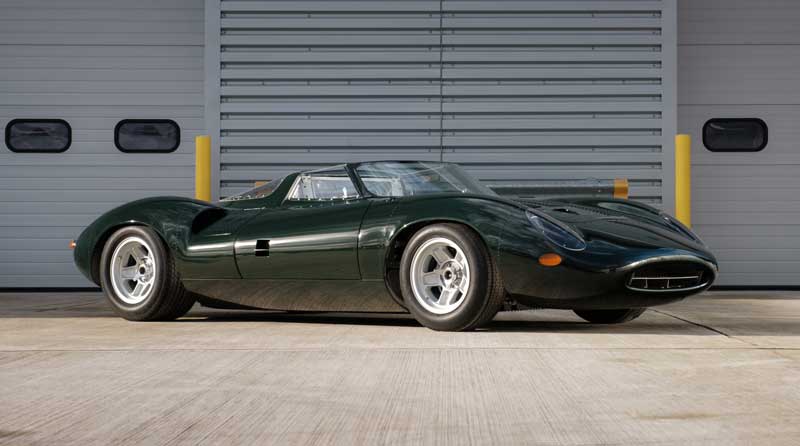
The True Spirit Of The Jaguar XJ13 Presented By JD Classics At Retromobile 2024
The masterpiece that is the Spirit of the XJ13 is unveiled at Retromobile 2024 by JD Classics of Chelmsford, England, and seen for the first
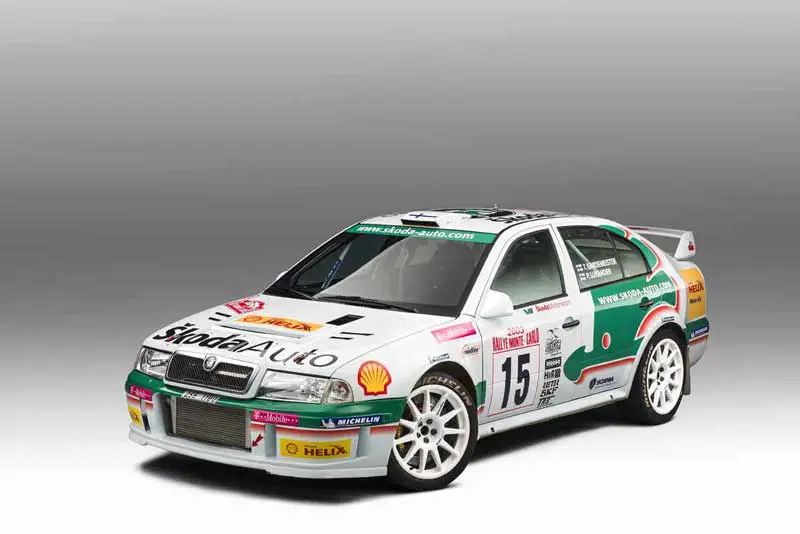
25 Years Of Škoda In The World Rally Championship
Škoda are no strangers to rallying having been successful for many years, but its now 25 years since their debut in the FIA World Rally
